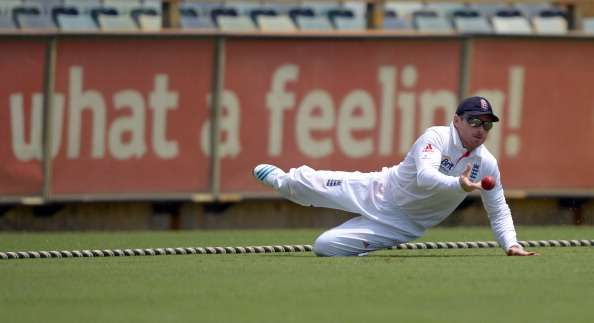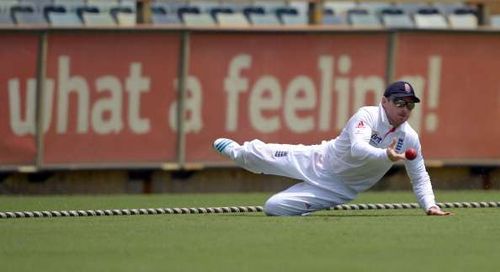
5 new fielding techniques that have developed in the recent past
Around two decades ago, there were just a handful of cricketers who could be identified based just on their fielding prowess. With the emergence of a number of talented and committed fielders, and the kind of impact that fielding makes in limited overs, it has been given a whole lot of importance by captains and coaches alike. As the game has condensed into more a swifter and slicker version, it is imperative for each player to slide, dive and jump to save runs, and convert half chances into dismissals.
Over the previous two decades, a number of improvisations have been made to existing methods of fielding to cut down on time and make the efforts more efficient. Here are five of them:
Slide and Throw
Before ropes were pulled in to make the shorter formats more interesting, boundaries used to extend till the stands, with little margin for a fielder to arrest his momentum if he puts in a dive.
Nowadays, a fielder can slide in to parry the ball back into play, with enough gap between the ropes and the stands for a fielder to safely tumble and stop, without the danger of sustaining a serious injury.
There are generally two methods of sliding on the boundary side: those running in from the infield generally make the dive feet first, sliding along the field to tap the ball back.
When running along the ropes to cut off a shot, the fielder throws his upper body first, using his hand to push the ball in the field.
